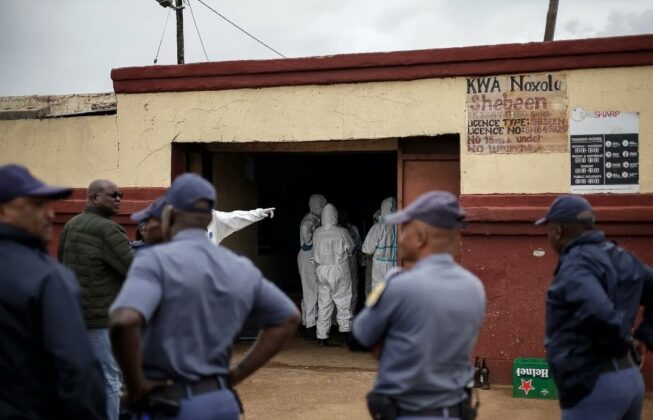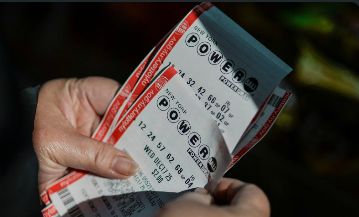
President Donald Trump promises an executive order requiring voter ID and limiting mail-in-ballots. Image: Fox News.
(The Post News)– United States President Donald Trump declared that he was going to sign an executive order requiring voter ID on every ballot submitted in the U.S. He also vowed to eliminate the majority of mail-in ballots and remove electronic voting machines, creating fierce controversy regarding the upcoming American politics.
“Voter I.D. Must Be Included With Every Single Vote. NO EXCEPTIONS! I will be making an Executive Order to that effect!!!” Trump wrote on Truth Social Saturday. “Also, no mail-in voting, except for the very ill and the very far away military. USE PAPER BALLOTS ONLY!!!”
Trump’s fresh promise is one phase of his plan to reform the American electoral process. He made the promise well over a year ahead of the 2026 midterm elections, the first nationwide referendum on his program since he returned to the White House in January.
Trump’s History with Claims of Rigged Elections
Ever since his defeat in 2020 to Democrat Joe Biden, Trump has continued, without evidence, to assert that the election was tainted by widespread fraud. Up to date, he still maintains that stricter voting laws need to be enforced to protect the integrity of the elections.
Trump has pushed for years:Mandatory Voter ID: He insists that all voters show government-verified ID when they vote. Restrictions on Mail-In Voting: He limits it to only those in the armed forces overseas and voters who are extremely disabled. Ban on Voting Machines: He insists that voters mark up paper and have it hand counted, even in the face of warnings from election officials. Election officials counter that Trump’s proposals would make voting more complicated, costly, and inaccurate.
The U.S. Constitution grants states the right to conduct elections and grants power to Congress to pass federal election laws. It does not grant power to the president to conduct voting procedures on their own. Legal analysts indicate that Trump’s order would become a target for lawsuits in a rush.
Earlier this year, a federal judge put on hold provisions in another Trump executive order requiring evidence of citizenship to vote. The court held that the president overstepped constitutional bounds, reaffirming once more that elections are not controlled by states or the White House.
36 states have a voter ID law on the books, according to the National Conference of State Legislatures. The provisions are highly varied, and some states allow student identification or utility bills; others require government-issued photo identification.
The proponents of voter ID argue that the legislation secures the elections and deters fraud. Opponents argue the legislation suppresses minorities, poor voters, and elderly voters who might find it difficult to get the correct type of identification.
This is not the first Trump action to pressure states on election law. He infuriated people last month by threatening to withhold federal emergency aid from California unless it enacted a voter ID law.
Trump is faulted by Democrats for trying to limit voter access in blue states to assist Republicans’ fortunes on the ballot. Democrats further include that several studies confirmed that voting by impersonation and by non-citizens is extremely uncommon.
The November 3, 2026 midterm elections will determine who controls Congress and how Trump’s second term plays out. Republicans hold both chambers now, but Democrats hope to regain seats to defeat Trump’s agenda at home.
Trump’s threatened executive order could galvanize Republican voters who see election reform as a top priority. Democrats and civil rights groups, in turn, will likely resist the order in the courts and on the campaign trail.
If Trump does move, his executive order will trigger a court fight about presidential authority and voting rights. Courts will decide whether he can circumvent state regulation of elections, which could be appealed to the U.S. Supreme Court.
Meanwhile, Trump’s message is clear: he is determined to make voter ID, paper ballots, and limited mail-in voting the pillars of the 2026 elections. Whether or not that can be done will be up to court decisions, state pushback, and voter responses.



